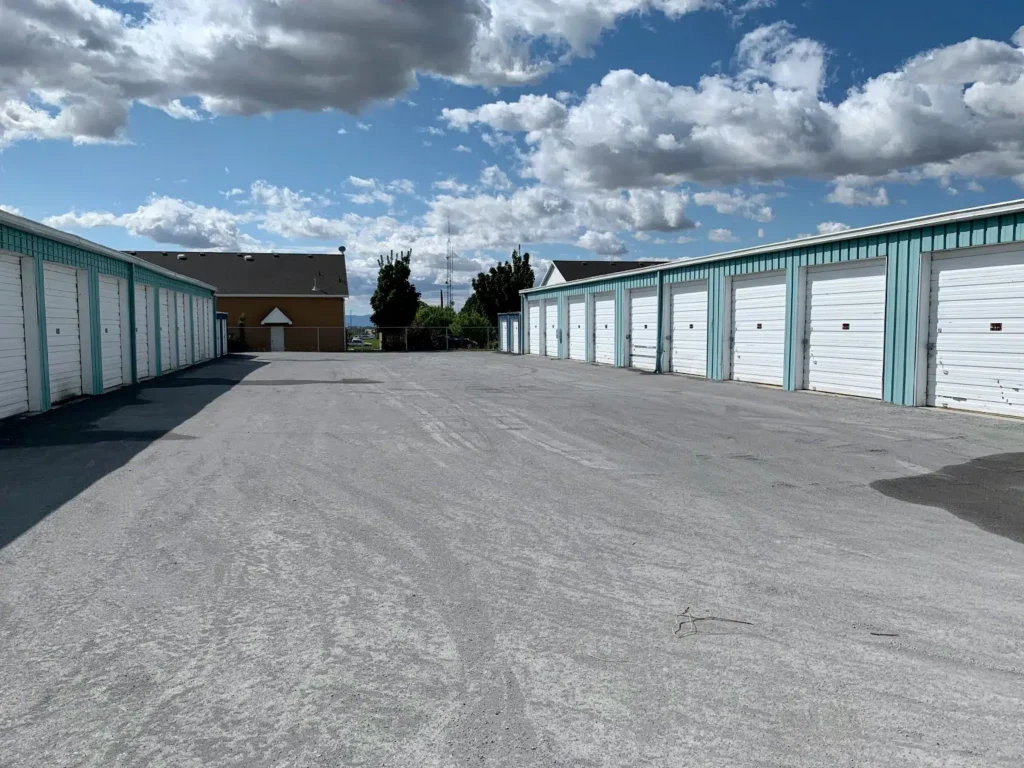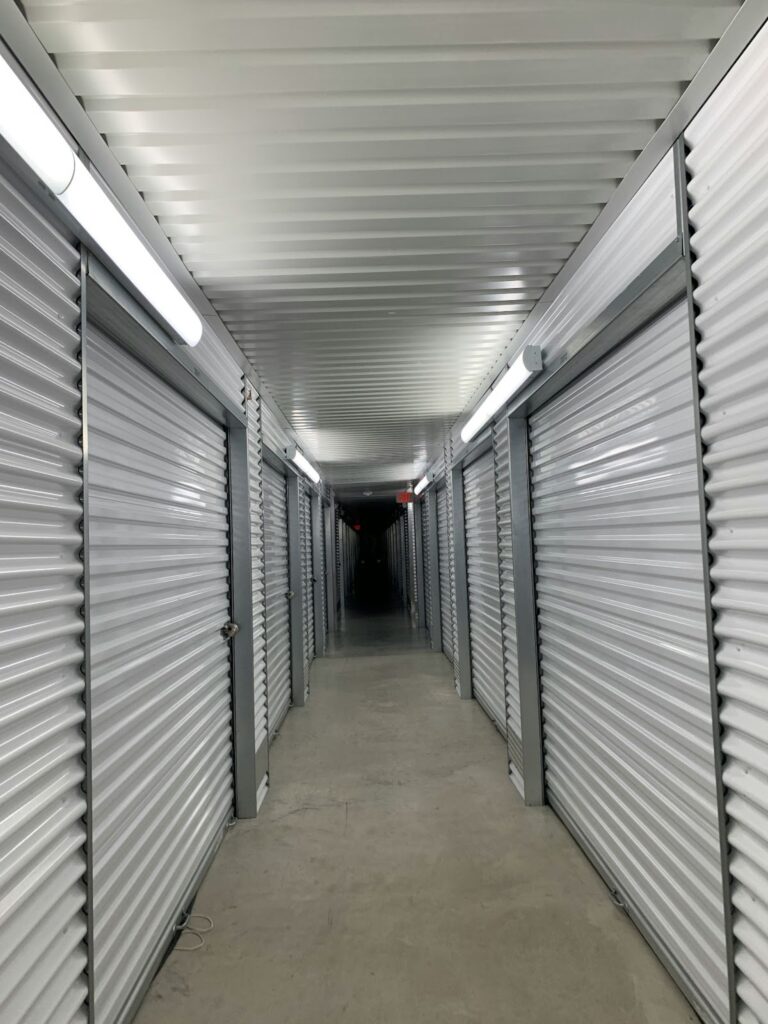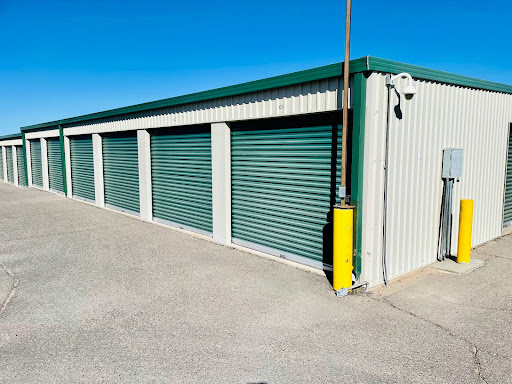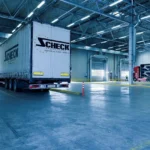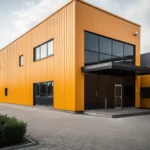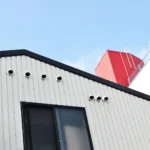When it comes to estimating the costs of a mini storage building, it is important to consider the various components involved. Here, we will break down the costs into three main categories: land acquisition and preparation, construction and material, and operational and maintenance costs.
Land Acquisition and Preparation Costs
Before construction can begin, the land on which the mini storage building will be located must be acquired. The cost of land varies depending on the size, location, and market demand.
It is crucial to carefully assess potential locations and consider factors such as accessibility, proximity to residential areas, and competition from existing storage facilities.
Additionally, site preparation costs, such as excavation, drainage systems, and landscaping, should also be factored into the overall budget. These preparatory measures are essential to ensure a solid foundation and efficient use of the land.
Construction and Material Costs
The construction and material costs of a mini storage building primarily include the expenses incurred for erecting the structure, installing individual storage units, and implementing security measures.
When it comes to construction, it is important to choose high-quality materials that can withstand various weather conditions and provide adequate security for tenants’ belongings.
Additionally, carefully consider the layout and design of the storage units to maximize space utilization and ensure ease of access for customers. These costs encompass construction materials, labor, equipment, and the various components needed to ensure the durability and functionality of the building.
Did You Know?
Steel buildings and prefab self-storage units are more affordable compared to other building materials because steel is the most recycled metal. It can be recycled repeatedly without losing its strength and durability.
Operational and Maintenance Costs
Once the mini storage building is up and running, there are ongoing operational and maintenance costs to consider. These costs include property taxes, insurance, utilities, repairs, and general upkeep.
It is important to establish a comprehensive maintenance plan to address any potential issues promptly and ensure the safety and satisfaction of tenants. Additionally, investing in security systems, such as surveillance cameras and access control, is crucial to provide a secure environment for customers’ belongings.
Properly maintaining the building and ensuring a clean and secure environment for tenants is essential to attract and retain customers. This includes regular cleaning, pest control, and landscaping to create a welcoming and professional atmosphere.
By carefully considering all the components in the costs of a mini storage building, you can ensure that your project is financially viable. Remember to account for potential fluctuations in material and labor costs, as well as any regulatory requirements that may impact the overall budget.
With proper planning and attention to detail, your mini storage building can be a successful investment for years to come.

